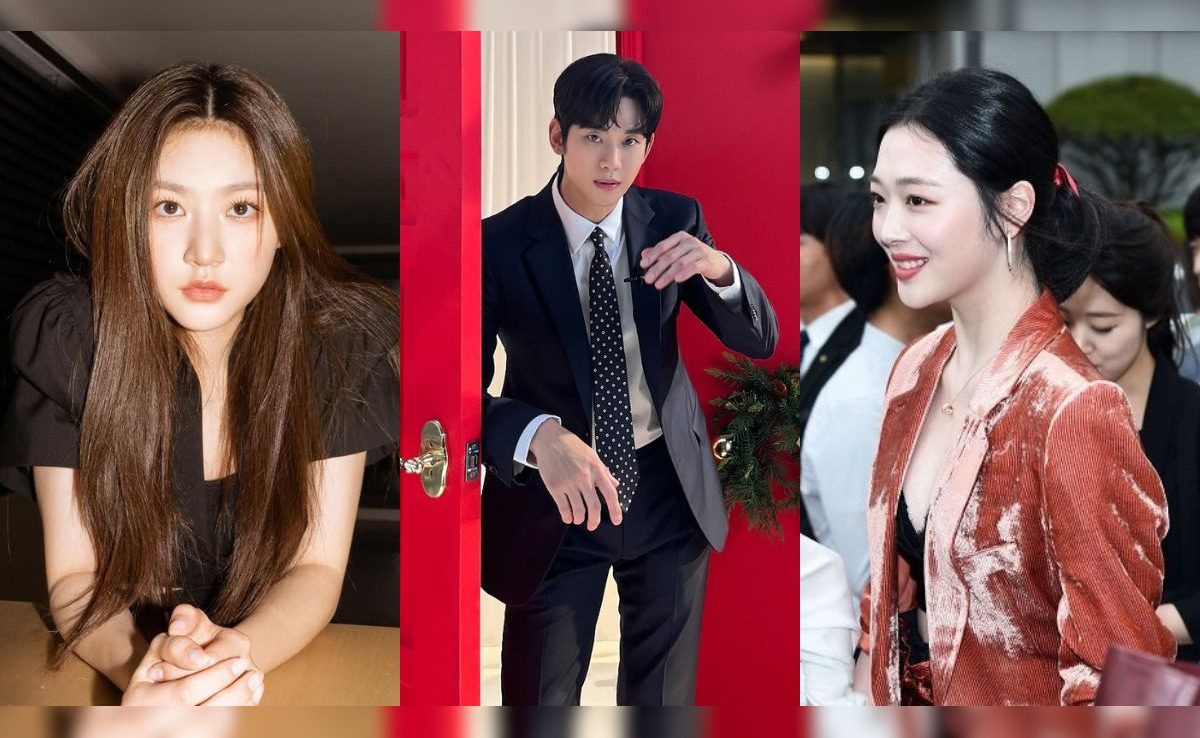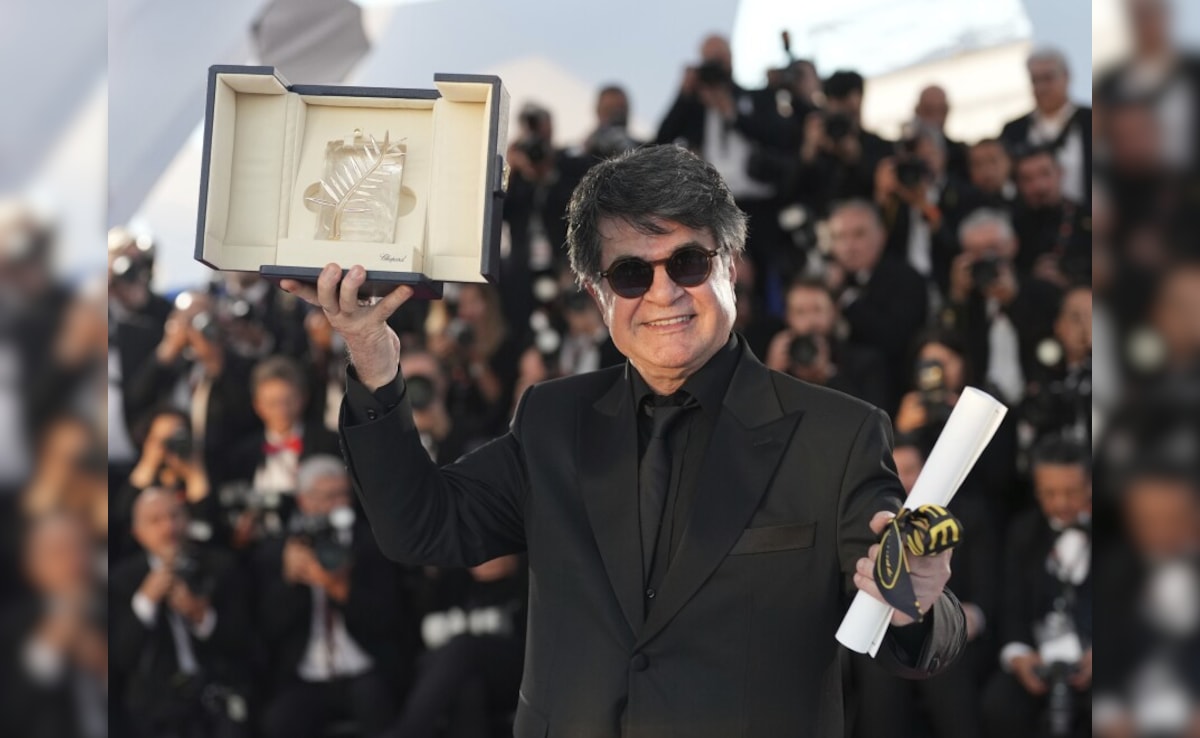The South Korean entertainment industry has recently been hit with a string of controversies, involving the popular actor Kim Soo-Hyun. Allegations have emerged, accusing him of engaging in a relationship with the late actress Kim Sae-Ron when she was still a minor. Simultaneously, discussions have intensified regarding the explicit scenes performed by the late actress Sulli, adding more layers to the ongoing debate.
Kim Soo-Hyun, revered for his stellar performances in various hit dramas and movies, has been caught in the eye of the storm as rumors of his past relationship with Kim Sae-Ron surface. The allegations suggest that their apparent romantic involvement began when Kim Sae-Ron, a beloved actress who left a significant mark on the industry, was underage. Such claims have understandably caused a stir among fans and the general public, demanding clarity and truth.
In the wake of these allegations, Kim Soo-Hyun’s agency has finally spoken out. Their statement seeks to dispel the rumors and present their side of the story. They have firmly denied any inappropriate relationship between the actor and Kim Sae-Ron, stating that the rumors are completely unfounded. The agency emphasized that any supposed evidence or claims presented in media outlets and social networks are speculative and baseless.
The agency’s statement reads: “We are deeply concerned by the recent allegations circulating regarding our talent, Kim Soo-Hyun. We wish to categorically deny these rumors and assert that there has never been any improper interaction between him and Kim Sae-Ron. It is important for us to maintain the integrity and privacy of all involved parties and consider this as closing the matter on baseless claims.”
Despite the official denial from Kim Soo-Hyun’s agency, the story has already permeated public discussions, raising questions about the influence of rumors and the responsibilities of media reporting in such sensitive matters. While some supporters remain steadfast in their belief in the actor’s innocence, others call for further investigation and transparency to clear all doubts.
Adding fuel to the fire, the entertainment world has also been reminded of another controversy — the explicit scenes involving the late actress Sulli. Known for her breakout roles and vocal nature, Sulli’s performances have often been characterized by their boldness and courage. However, an explicit scene in one of her past projects has reignited debates about the portrayal of sensitive content in media and the potential impacts on those involved.
Discussions around Sulli’s explicit scene have been fueled by concerns about the ethical implications of featuring such content. Critics argue that while mature themes are sometimes essential for storytelling, the fine line between artistic representation and exploitation must be respected. Supporters of Sulli emphasize the need to remember her legacy with respect and to celebrate her bravery in tackling difficult roles during her career.
The intersection of these controversies with Kim Soo-Hyun’s situation perhaps highlights broader themes within the entertainment industry relating to privacy, ethics, and the scrutiny public figures face. It brings to the forefront the challenges artists endure, not only in showcasing their talents but also in navigating the relentless public gaze that accompanies their profession.
Many industry insiders believe that these issues necessitate a conversation about how young actors and actresses are managed and protected by agencies. There’s an acknowledgment of the need for better regulatory frameworks to ensure the well-being of young stars as they traverse their career paths in the industry.
As Kim Soo-Hyun and the parties involved grapple with the backlash, the entertainment industry continues to reflect on the balance between fame and personal life. For fans and observers alike, these incidents serve as a stark reminder of the realities behind the glitz and glamour, urging for a more compassionate and ethical approach to celebrity culture.
The unfolding narrative around both Kim Sae-Ron and Sulli shines a light on the broader issues of accountability and the ever-present social media narrative that even established institutions and actors must navigate. It signals an era where transparency might become an inescapable demand from a public increasingly keen on knowing the truth behind celebrity lives.
In conclusion, as Kim Soo-Hyun’s agency seeks to put an end to the swirling rumors, the industry, the fans, and the critics all face the task of deciding how to move forward in a space where public sentiment and professional reputation often collide. Perhaps, through thoughtful dialogue and responsible reporting, a more nuanced understanding of the complex interactions within celebrity culture can be achieved, fostering an environment where respect, protection, and truth stand at the forefront.






